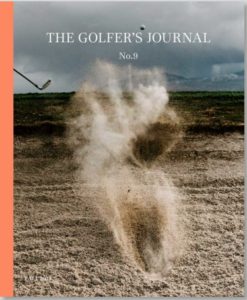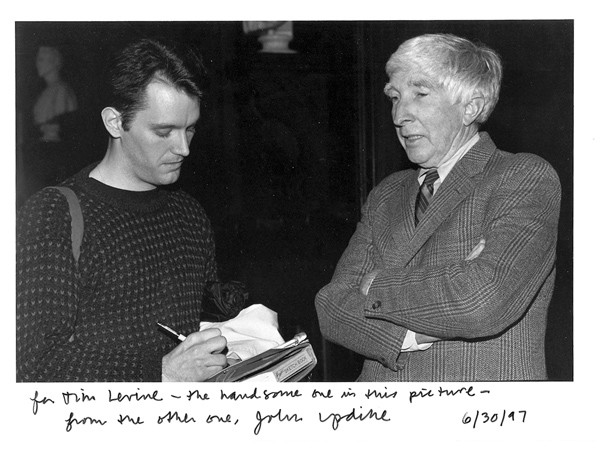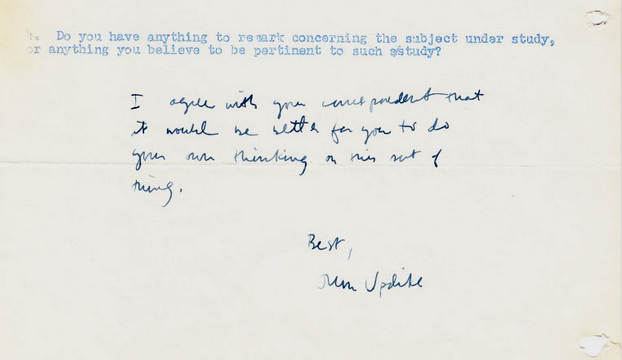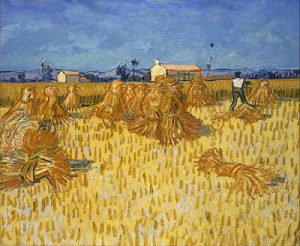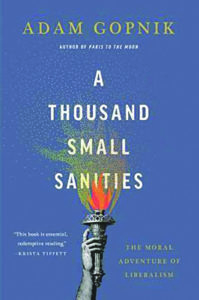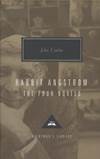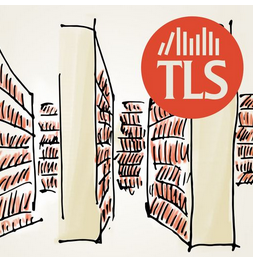In his op-ed piece published in the Friday, August 9, 2019 New York Times (A23), David Brooks grades the Baby Boomer generation on Politics (C-), Social Movements (A), Pop Culture (A), High Culture (C-), Technology and Innovation (A-), Lifestyle (A), Manners and Morals (C), and Overall Grade (B).
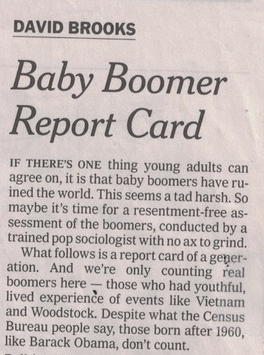 In giving boomers a C- for High Culture, Brooks writes, “The boomers entered college just as universities were expanding and becoming more specialized and professionalized. This produced the most educated generation up to that time, but the specialization and ghettoization of intellectual and artistic life took its toll on the nation’s culture.
In giving boomers a C- for High Culture, Brooks writes, “The boomers entered college just as universities were expanding and becoming more specialized and professionalized. This produced the most educated generation up to that time, but the specialization and ghettoization of intellectual and artistic life took its toll on the nation’s culture.
“It’s not that people aren’t producing good work, but its influence tends to be confined to the academy or specialized subcultures. Art, classical music and novels have lost cultural influence. Boomer writers do not play the same roles as Saul Bellow, Philip Roth, Maya Angelou, Thomas Pynchon, Philip Larkin, John Updike, and Toni Morrison. Many of the most influential living philosophers are pre-boomer—like Amartya Sen, Charles Taylor and Alasdair MacIntyre.”
Brooks concludes, “As a generation, boomers have excelled at the material things that make life pleasant, convenient, long and fun. They have struggled in the realms that other civilizations would have considered more profound: governance, philosophy, art and public morality.”

